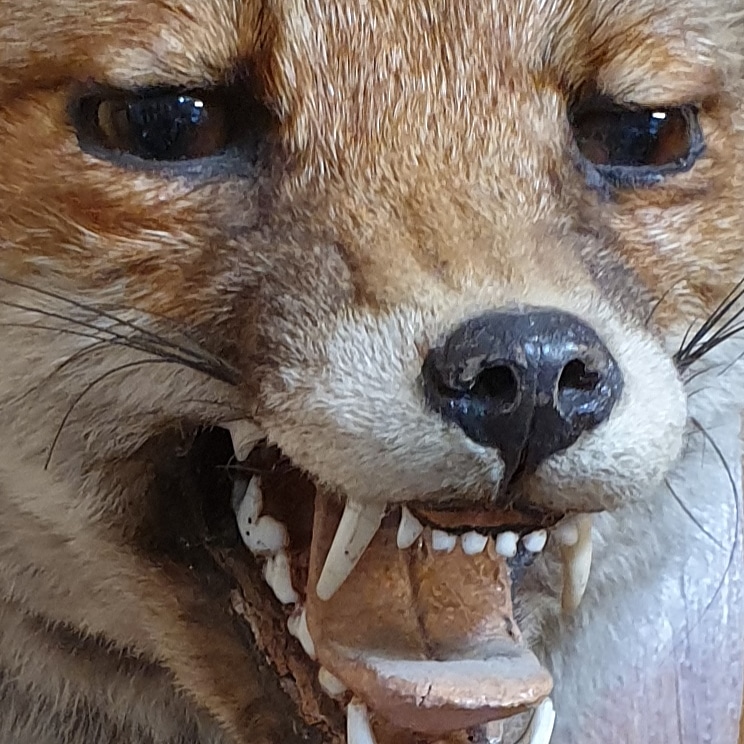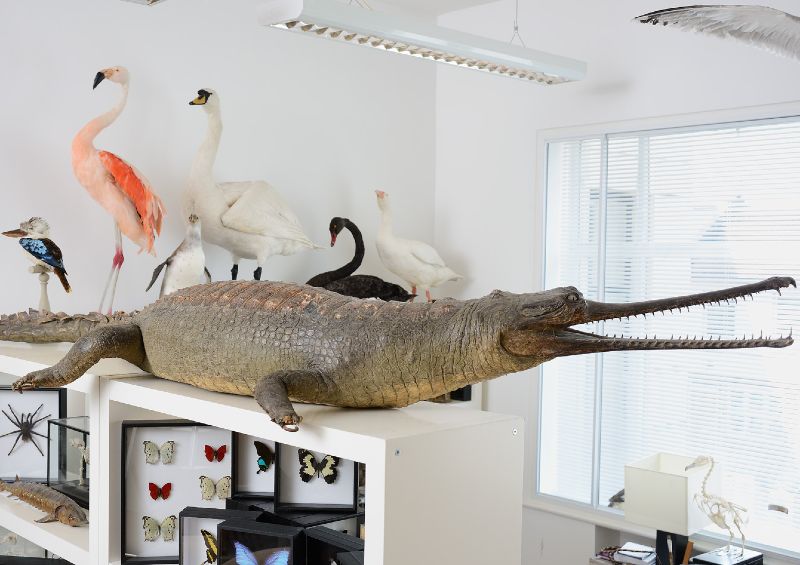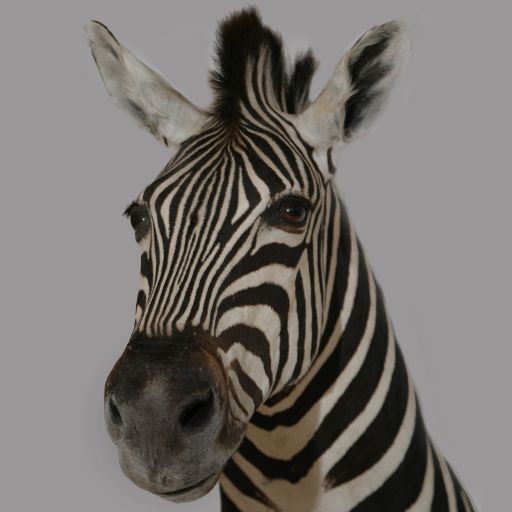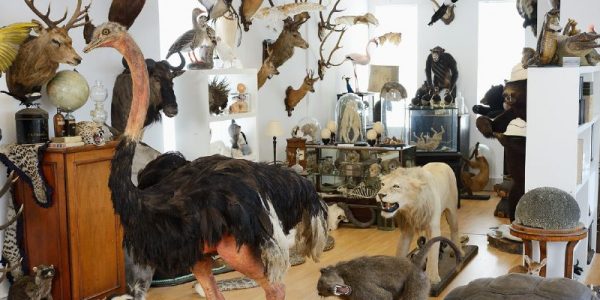Home is where the Hartebeest is: the increasing popularity of antique taxidermy
Antique taxidermy has seen a steep rise in popularity and value. Advertising agencies, retail outlets and leading artists now regularly use specimens for promotional purposes. With this mainstream seal of approval, the green light has been given for its display within the home. The resurgence of interest in antique taxidermy is also due to the introduction of a strict legal framework governing the trade. Now, with greater transparency, buyers & sellers, after research and inquiry, can trade knowing they will not fall foul of the law and further endanger protected species.
Our specialist has witnessed a renewed confidence throughout the trade, “not much is out of favour, even poor taxidermy now seems to sell”. Antique taxidermy, by the most desirable taxidermists, such as Peter Spicer & Sons, Edward Gerrard & Sons and Rowland Ward draws the most attention. Collectors will invest large sums to acquire these rare specimens if in good and original condition.

For thousands of years, taxidermists have preserved a vast array of diverse species (‘taxis’ in Greek means ‘order or preparation’, and ‘derma’ means the arrangement of skin). With current values for antique taxidermy ranging from a few pounds to a few thousand, it’s often the subtle natural variations, such as the colouration of an animal’s shell or coat, that can create a staggering increase in desirability.
Identifying specimens often requires specialist knowledge. With the list of protected species continually being updated and severe penalties for disregarding them, a second opinion should always be sought. Culvertons advise clients to contact them before deciding to dispose of, or acquire, any taxidermic specimens – Culvertons’ valuer is one of the UK’s leading specialists in this field.
Examples of antique taxidermy that are currently in favour and rising in value?

Victorian displays of tropical birds that are in good condition have seen renewed popularity and an increase in value. This is because advertisements and articles within leading interior magazines have helped increase their exposure.
Large specimens, mounted on shields, such as zebra heads or entire animals, are now in demand. Their striking visual impact, a quality much desired by interior decorators, has created this flurry of interest.
Once again interest in anthropomorphic taxidermy and freaks is gaining pace, in contrast, birds of prey are not as sought after as they once were.
Culvertons are able to offer clients accurate estimates of value, information key to realising a specimen’s potential worth in this bullish market.
What effect does the condition of a specimen have on its value?
Antique taxidermy is susceptible to damage from direct sunlight and insects such as moth, beetle and their larvae. Any infestation will adversely affect its appearance and will eventually remove any residual value if left unchecked.
Acquiring taxidermy, whether antique or contemporary, from a trusted source in good original condition is advisable. If this is not an option then we suggest clients should scrutinize every specimen before placing it in their homes. The regular inspection of each piece of taxidermy is essential to spot condition issues early. Do not purchase an item unseen!
Culvertons, if required, can arrange the necessary introductions for clients wishing to purchase exemplary specimens.
Have recent restrictions on the importation and sale of certain species had any impact on the trade in antique taxidermy?
Yes, it has become far more regulated with additional paperwork and new species added to protection lists each year.

A licence is required, at a cost of £31, for many protected species that are post-1947. For example, a Barn Owl, although not endangered, is a protected bird and requires an Article 10 Licence if it cannot be proven to predate 1947. Each time a new commercial transaction takes place a new licence is required. This relatively small cost does not adversely impact upon rarer, more valuable items, but certainly increases the overall costs involved in owning taxidermy specimens of protected species, which were of low value prior to legislation.
In many cases the ‘private’ ownership of a post-1947 prohibited or endangered specimen is lawful. Inherited or gifted items would often fall into this category but remember any future marketing is strictly forbidden. Buyers and sellers transgressing these laws can face severe penalties including prosecution.
Culvertons’ expertise in this field can therefore help in many ways, including verification of the age of a particular specimen.
Warning – to potential purchasers
Buying an item of taxidermy or natural history from auction houses or retail establishments does not ensure its legality. Many lots of prohibited, and unlicensed taxidermy still go under the hammer and are widely available throughout the UK. This often occurs due to a lack of specialist knowledge. Some auction houses take the precaution of professionally vetting their natural history lots but by no means all.
What can you expect from Culvertons when requesting our antique taxidermy valuation service?
Our specialist will help clients navigate through this buoyant market with discretion and impartiality.

They will identify specimens that have appeal and, if requested, give advice as to the most cost-effective route to take to maximise the revenue from their sale.
Executors, administrators and estate representatives when entrusted with taxidermy can feel confident that Culvertons will prepare a valuation report for submission to HMRC in a professional and sensitive manner.
Our valuation, restoration and advisory services are also available to private individuals and businesses. If you possess a collection or a single specimen and would like to find out their value for financial protection purposes, please contact us.
Do we provide valuation services for antique taxidermy in your area?
Culvertons offer an antique taxidermy valuation service throughout central & southern England principally in Surrey, Kent, Sussex and Hampshire, including London.
How do I arrange a quotation?
If you wish to arrange a quotation, have a question about our services, need some help and advice or would like to send us an image please visit our contact page.

